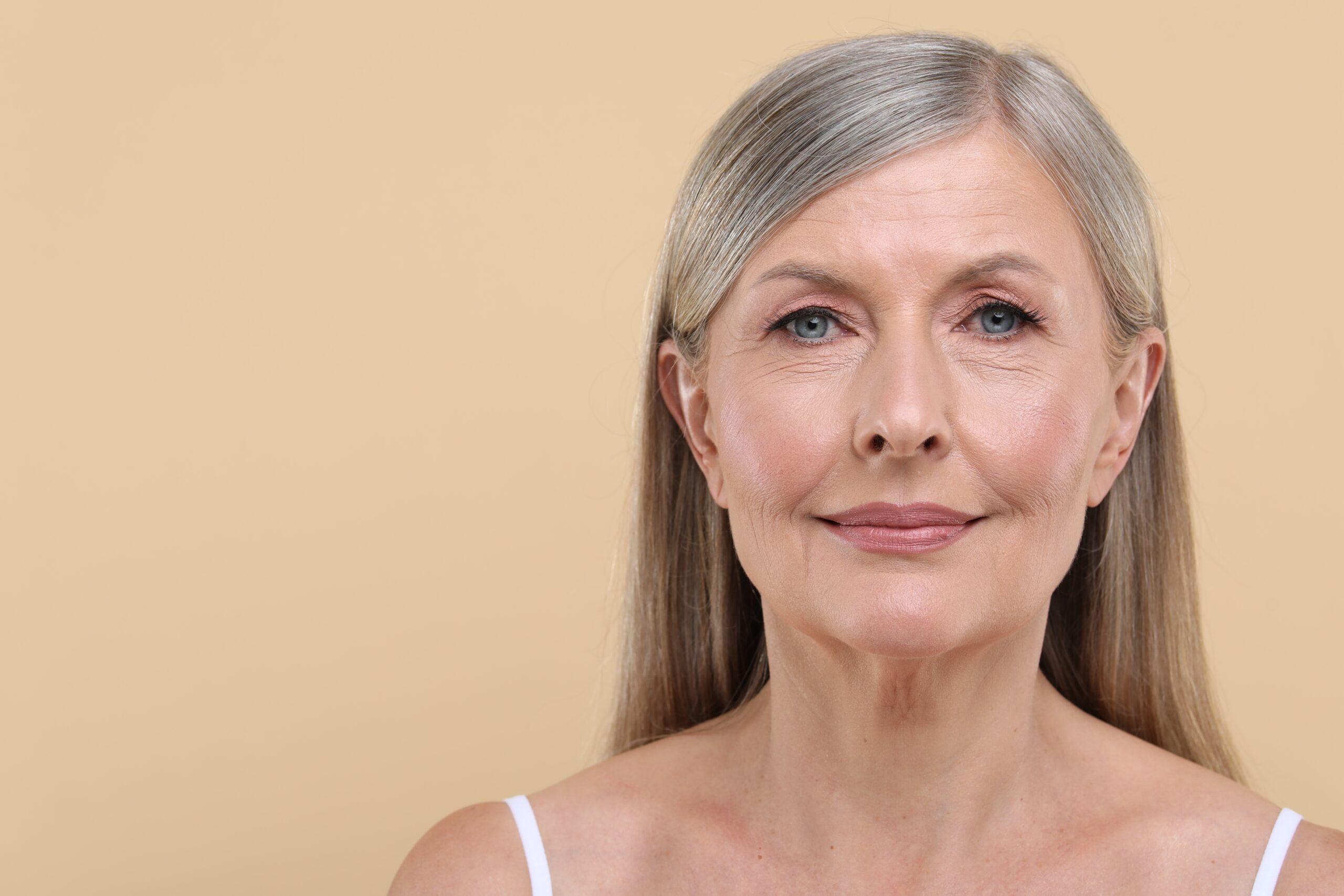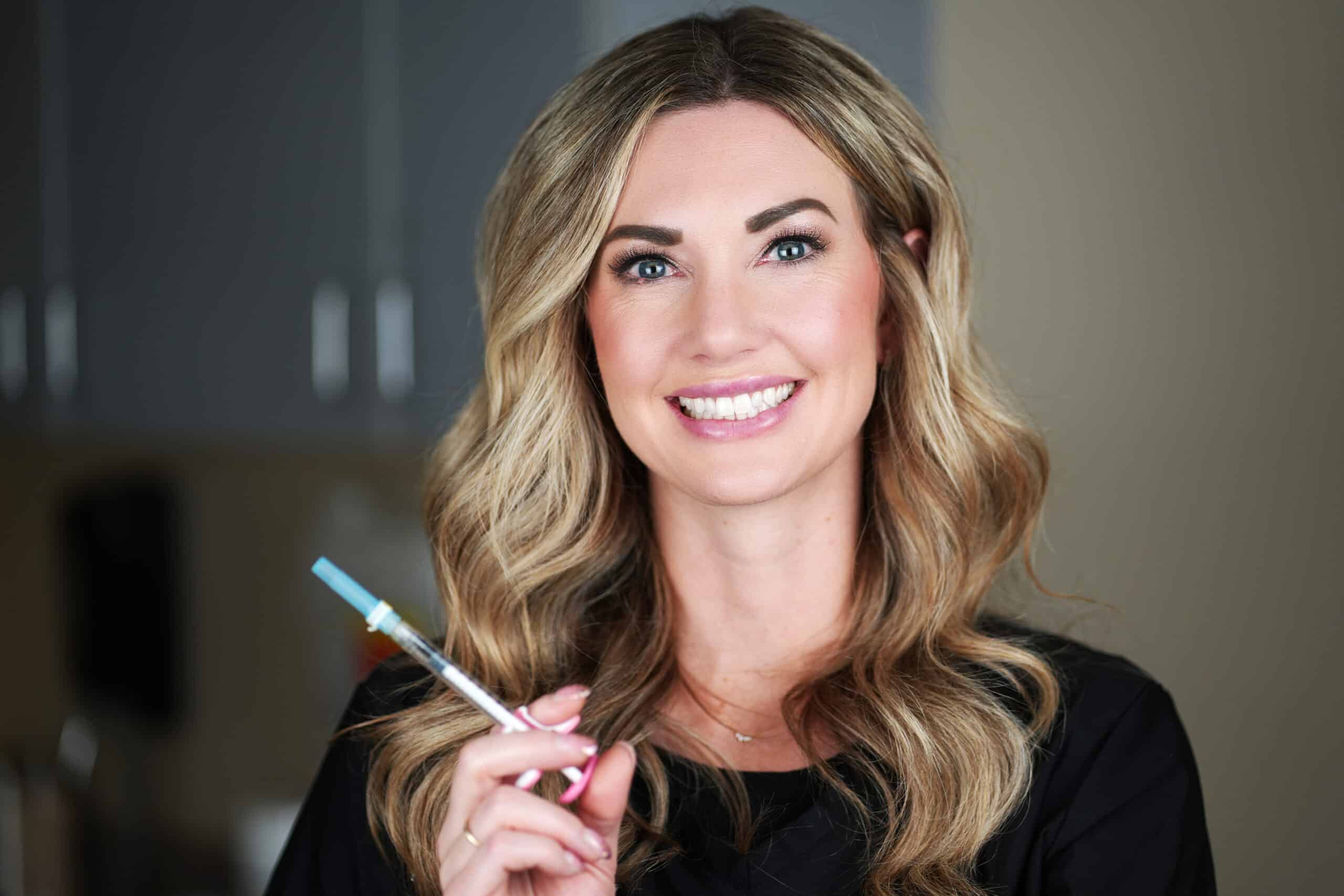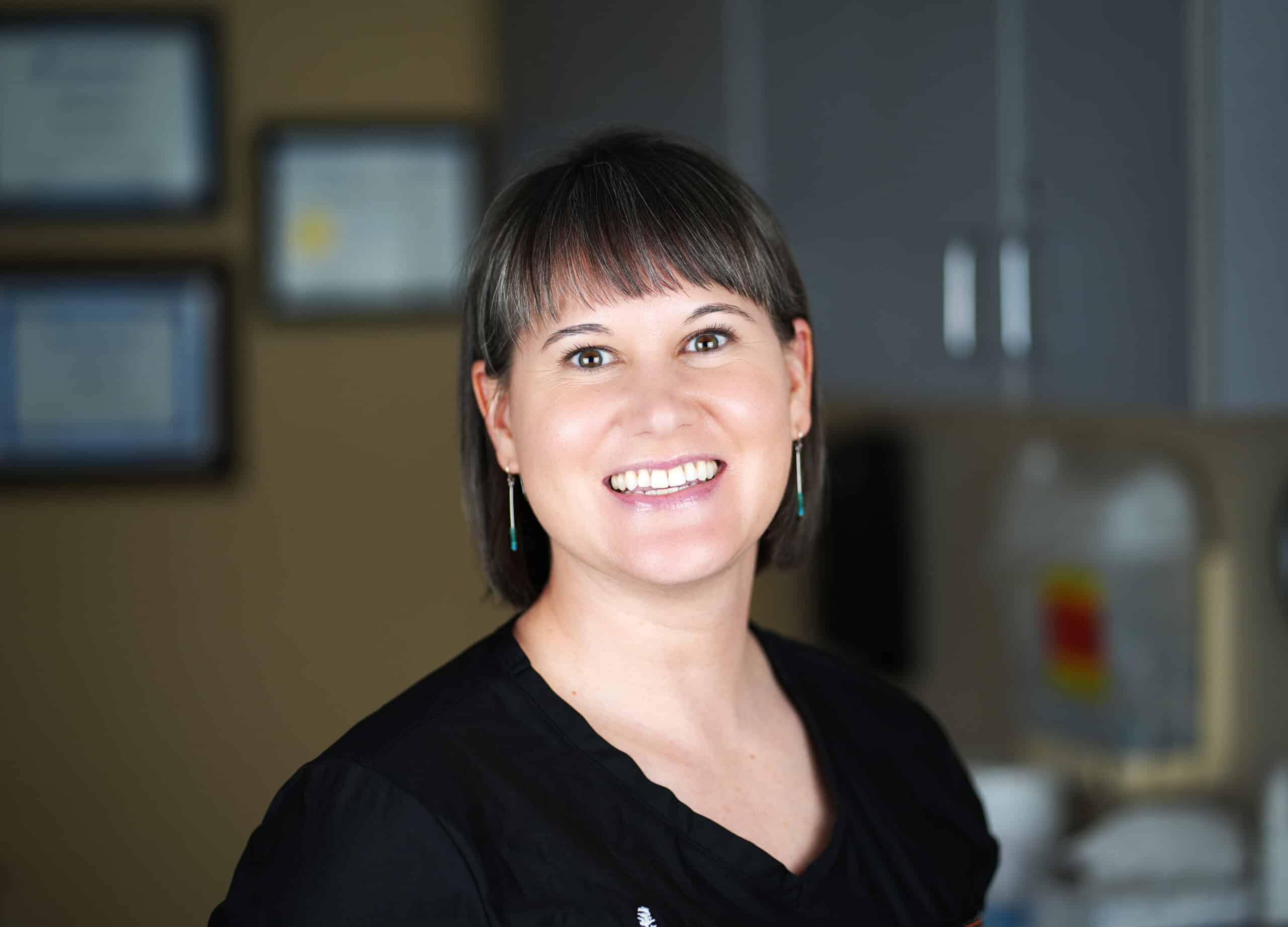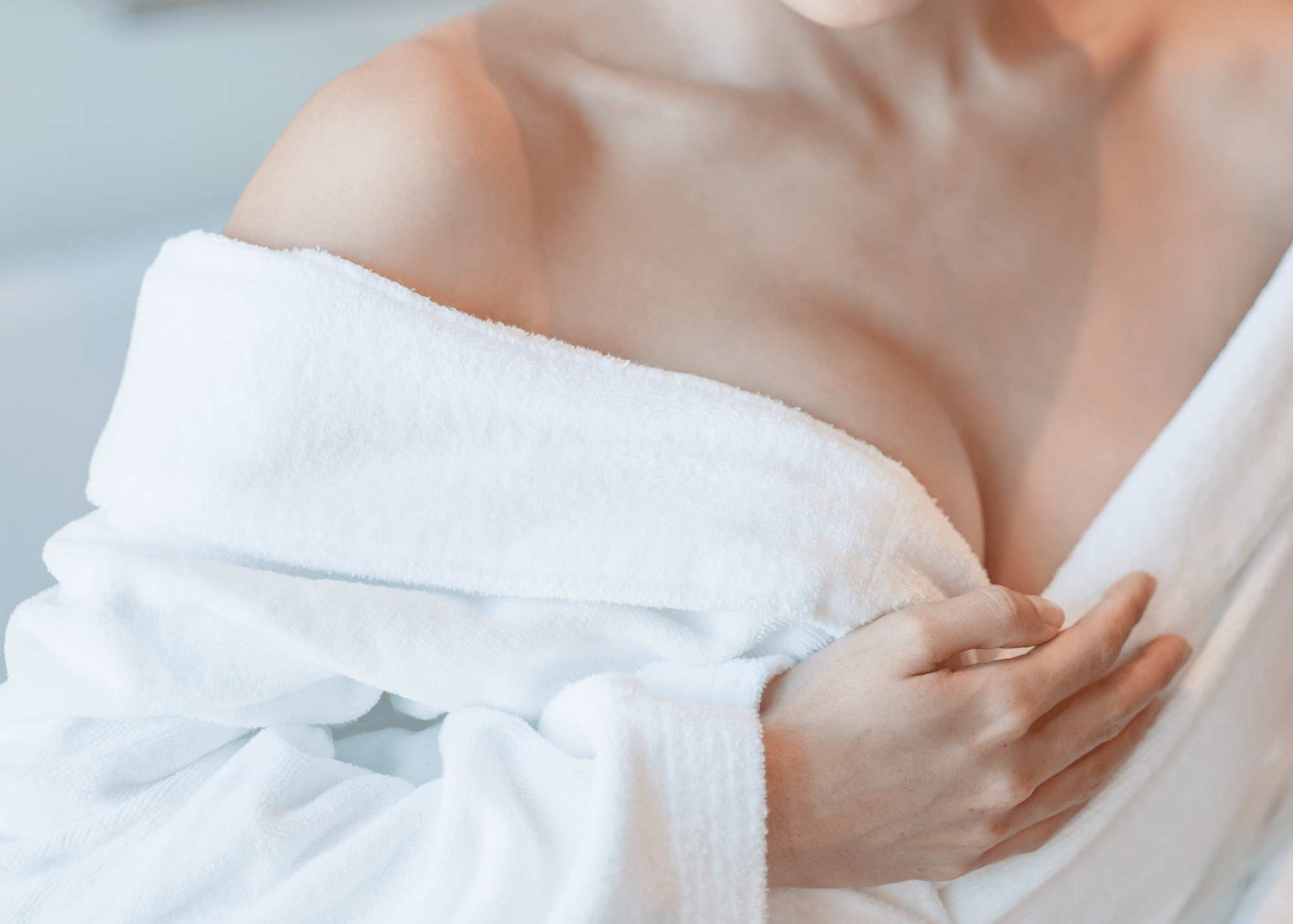
Hooded eyes, a common term in cosmetic enhancement, refer to a unique eye shape where excess skin partially or entirely conceals the upper eyelid. While hooded eyes can be a charming characteristic for some, many individuals consider eyelid surgery as a transformative solution to unveil the full beauty of their eyes.
What Are Hooded Eyes?
Hooded eyes are characterized by a heavy, drooping appearance of the upper eyelids, sometimes making the eyes seem smaller or less prominent.
Characteristics of Hooded Eyes
People with hooded eyes often exhibit heavy brow bones and deep-set creases, leading to the appearance of smaller upper eyelids. A telltale sign is the obscured crease when the eyes are open or when the skin below the brow touches the lash line.
Hooded Eyes vs. Droopy Eyes
While some use the terms interchangeably, there’s a distinct difference between hooded and droopy eyes. Hooded eyes are often a natural eye shape, influenced by genetics, ethnicity, aging, muscle structure, excessive eye rubbing, or trauma. On the other hand, droopy eyes typically occur in older adults due to sagging skin above the eyes, potentially causing vision problems.
What Causes Hooded Eyes?
Genetics, Ethnicity, and Aging
Hooded eyes can be a genetic trait passed down through families, with age playing a role in the loss of skin elasticity. Additionally, people of Asian descent may be more prone to hooded eyes. Aging can lead to the skin sagging over the upper eyelid, creating or exacerbating the hooded appearance.
Muscle and Fat Structure, Excessive Eye Rubbing, and Trauma
Fat and muscle composition under the skin can influence how it droops. Undefined muscles or excess fat in the eye area may contribute to hooded eyes. Avoiding excessive eye rubbing, which can impact the delicate skin, is crucial. Trauma, such as injuries or medical treatments, can also alter the skin’s appearance around the eyes.
Why Change Hooded Eyes?
Contrary to misconceptions, hooded eyes can be both beautiful and natural. Numerous celebrities, including Taylor Swift, Jennifer Lawrence, Brad Pitt, and Tom Cruise, proudly flaunt hooded eyes. The perception of beauty is subjective, and many find hooded eyes attractive.
Yet, for some, the aesthetic impact goes beyond mere physical appearance. The perception of hooded eyes as tired or less vibrant can affect self-esteem and confidence. While makeup techniques can temporarily enhance the eyes, eyelid surgery presents a more lasting solution for those seeking a rejuvenated and refreshed look.
Treatments for Hooded Eyes
While hooded eyes are natural and normal, some individuals opt for surgical or non-surgical treatments for cosmetic or functional reasons. At Plastic Surgeons of Northern Arizona, we provide comprehensive insights into these options.
Non-Surgical Options: Injectables, Eye Lift Creams, and Eye Drops
For non-surgical enhancements, injectables like Botox can lift the eyebrow and address slight drooping. Eye lift creams, designed for the delicate eye area, tighten and hydrate the skin. FDA-approved eye drops, such as Upneeq, temporarily relieve droopy eyelids. However, these options provide results without the permanence of surgery.
Surgical Treatment for Hooded Eyes: Upper Blepharoplasty
Eyelid surgery, or blepharoplasty, is a cosmetic procedure designed to address the concerns associated with hooded eyes. This surgical intervention involves the removal of excess skin, fat, and muscle tissue from the eyelids, resulting in a more defined and open eye contour.
Benefits of upper blepharoplasty include:
- Restored Youthful Appearance: By eliminating excess skin and addressing the underlying issues causing hooded eyes, blepharoplasty restores a more youthful and vibrant appearance to the eyes.
- Improved Vision: In cases where the hooded eyelids obstruct vision, eyelid surgery can provide functional benefits by removing the impediment and enhancing the field of vision.
- Boosted Confidence: Beyond physical changes, eyelid surgery can profoundly impact self-confidence, allowing individuals to feel more comfortable and assured in their appearance.
About the Blepharoplasty Procedure
During the initial consultation, a skilled plastic surgeon will assess the unique characteristics of the patient’s eyes and discuss their aesthetic goals.
Blepharoplasty Surgical Overview
The surgery is typically performed under local anesthesia, and the specific techniques employed will depend on the individual’s anatomy and desired outcome. With anesthesia in effect, your surgeon begins the procedure by strategically placing incisions in the natural creases of the upper eyelids. These carefully planned incisions minimize the visibility of scars, ensuring a seamless integration with your eye’s natural contours. Once the incisions are made, your surgeon removes excess skin, fat, and sometimes muscle from the upper eyelids. Sometimes, your surgeon may adjust the underlying muscle to enhance symmetry and optimize the aesthetic outcome. This step is particularly relevant for patients with muscle laxity contributing to the appearance of aged or tired eyes.
Eyelid Surgery Recovery Process
Patients can expect some swelling and bruising following the procedure, gradually subsiding over the following weeks. As with any surgery, blepharoplasty carries potential risks. These can include hematoma, blurry vision, and scarring. However, most patients undergo the procedure successfully with minimal complications. Post-surgery, expect temporary side effects like light sensitivity, discomfort, and swelling, gradually subsiding as the body heals.
Recovery after eyelid surgery involves a gradual process. Bruising typically fades within 2-3 weeks, with swelling persisting for up to 8 weeks. Returning to work usually occurs within 5-10 days, depending on individual comfort. Adhering to the doctor’s recommendations, managing swelling and pain, and avoiding eye rubbing are crucial during recovery. At Plastic Surgeons of Northern Arizona, we prioritize your well-being and guide you through a comprehensive recovery plan.
Frequently Asked Questions: Hooded Eyes and Upper Blepharoplasty
What are hooded eyes, and why do they occur?
Hooded eyes refer to an eye shape where the upper eyelid is partially or entirely concealed by excess skin. Genetic factors, aging, or both can cause them. Genetics play a role in the natural anatomy of the eyelids, while aging contributes to the loss of skin elasticity and changes in muscle and fat distribution around the eyes.
How do hooded eyes impact one’s appearance?
Hooded eyes can make the eyes appear smaller, tired, or less vibrant. The aesthetic impact often extends to self-esteem and confidence. Makeup techniques can provide a temporary solution, but many individuals seek a more permanent fix through cosmetic procedures like upper blepharoplasty.
What is upper blepharoplasty, and how does it address hooded eyes?
Upper blepharoplasty, or eyelid surgery, is a cosmetic procedure that removes excess skin, fat, and muscle tissue from the upper eyelids. This surgery rejuvenates the eye area by addressing the root causes of hooded eyes, resulting in a more open and youthful appearance.
Who is a suitable candidate for upper blepharoplasty?
Individuals with hooded eyes and good overall health are suitable candidates for upper blepharoplasty. A consultation with a qualified plastic surgeon is essential to assess individual anatomy, discuss aesthetic goals, and determine if the procedure is suitable.
Is upper blepharoplasty only for cosmetic reasons, or are there functional benefits?
While upper blepharoplasty primarily addresses aesthetic concerns associated with hooded eyes, there can also be functional benefits. In cases where the hooded eyelids obstruct vision, the surgery can enhance the field of vision, leading to improved eyesight.
What is the typical recovery period after upper blepharoplasty?
The initial recovery period after upper blepharoplasty involves some swelling and bruising, which gradually diminishes over several weeks. We advise patients to avoid strenuous activities during this time. Most individuals can resume normal activities within a week, though complete recovery may take a few months.
Are the results of upper blepharoplasty permanent?
While upper blepharoplasty provides long-lasting results, the natural aging process continues. However, the procedure can significantly rejuvenate the eye area, and the benefits are generally enduring. Adhering to a healthy lifestyle and skincare routine can help maintain the results.
How do I choose a qualified plastic surgeon for upper blepharoplasty?
Choosing a qualified plastic surgeon is crucial for a successful outcome. Look for a surgeon with expertise in eyelid surgery, board certification, and a portfolio of before-and-after photos. Schedule a consultation to discuss your goals, ask questions, and ensure you feel comfortable with your plastic surgeon’s approach and expertise.
Can upper blepharoplasty be combined with other cosmetic procedures?
Yes, we can combine upper blepharoplasty with other cosmetic procedures, depending on individual goals and needs. Common combinations include lower blepharoplasty, brow lift, or non-surgical treatments for comprehensive facial rejuvenation.
How soon can I expect to see the final results of upper blepharoplasty?
While initial improvements are noticeable once swelling and bruising subside, the final results of upper blepharoplasty become more apparent as the tissues fully heal. Patients can expect the complete outcome within a few months of the surgery.
Book Your Hooded Eye Consultation in Arizona Today
Book a consultation with one of our board-certified plastic surgeons or qualified aestheticians to discuss your desired outcomes and treatment options.




